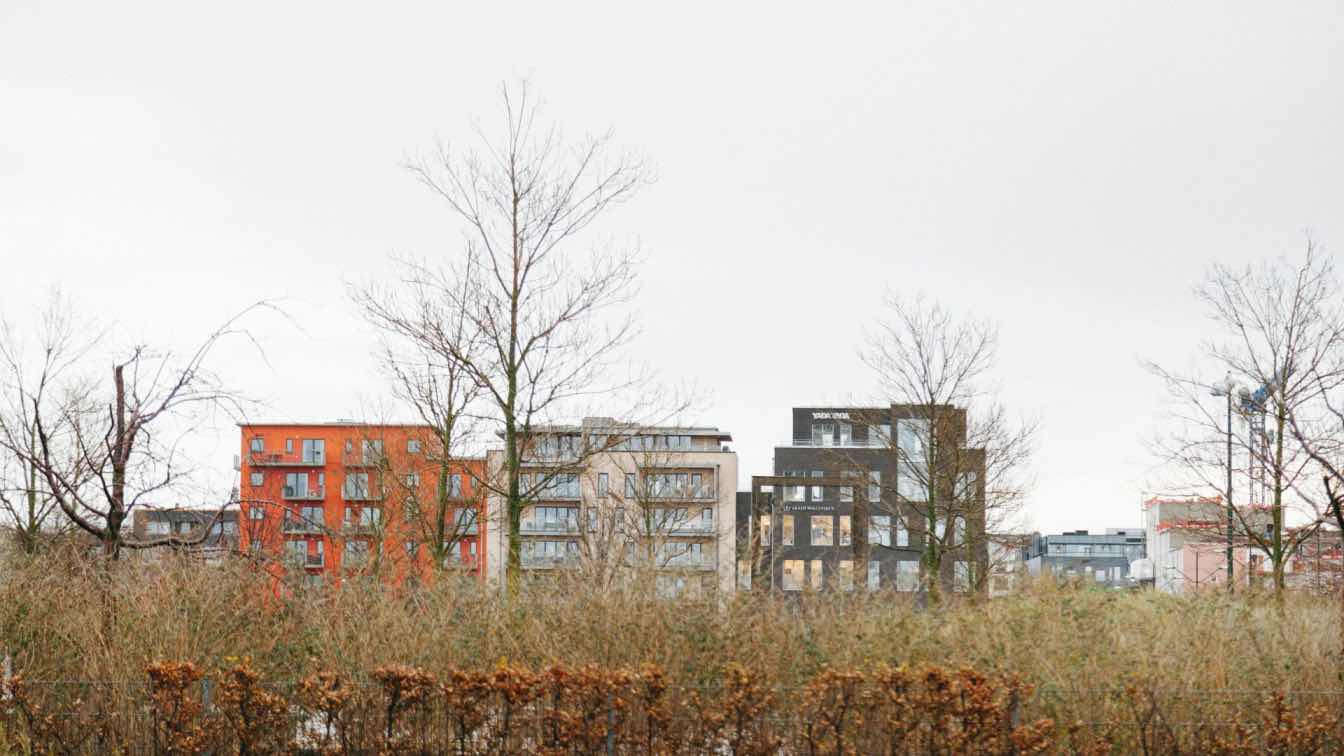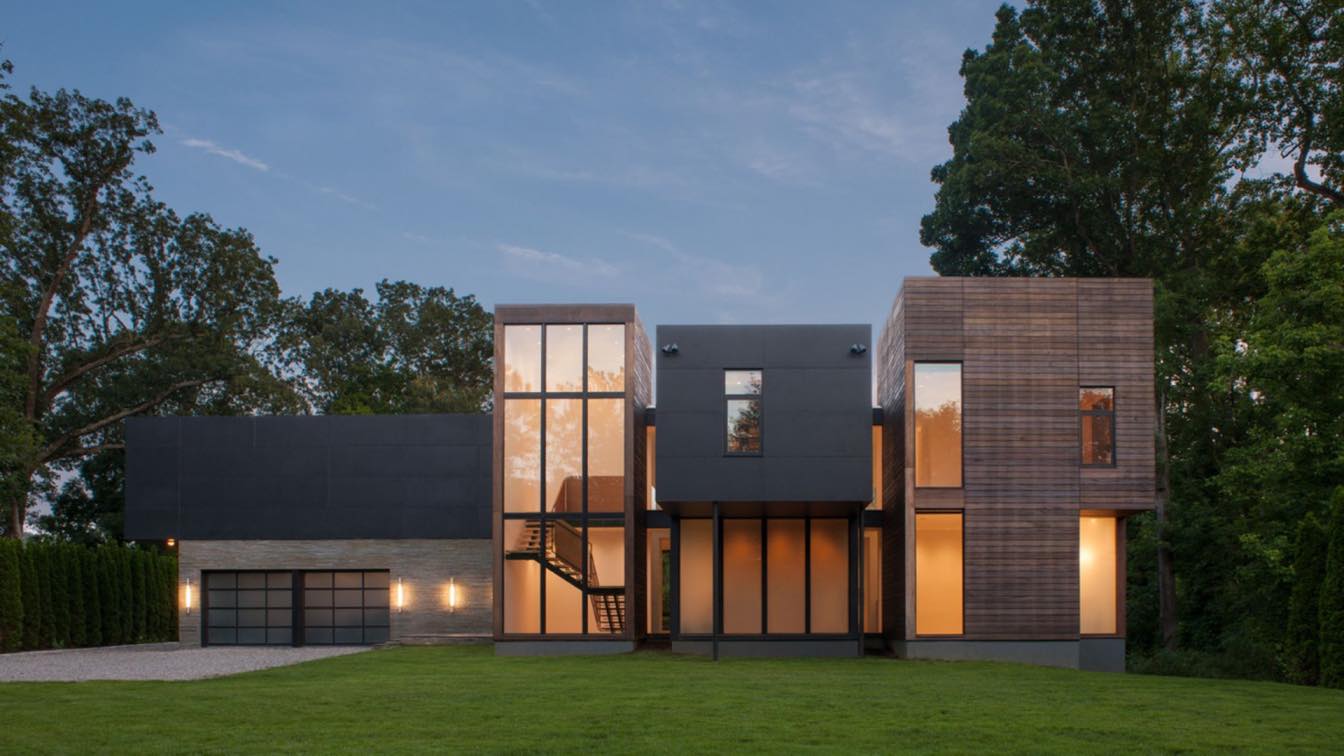In architecture, the early stages of planning determine whether a project thrives or falters. While creativity drives innovation, risk assessment provides the stability needed to turn visionary designs into successful structures. Without proper risk evaluation, even the most stunning concept can face delays, cost overruns, or regulatory setbacks. Architects who integrate thorough risk assessment into their process gain the advantage of foresight, allowing them to create designs that are both bold and resilient.
What Are The Property Risks in Architectural Projects?
Property risks are multifaceted and extend far beyond what meets the eye. These risks influence project feasibility, cost, and long-term viability. For architects, acknowledging the full spectrum of risks is essential to aligning designs with real-world conditions.
1. Environmental and Geotechnical Risks
Soil type, groundwater conditions, and environmental hazards such as flood zones or seismic activity all impact structural integrity. Failing to address these issues early can result in expensive redesigns or even structural failures.
2. Regulatory and Legal Risks
Zoning restrictions, building codes, and local ordinances shape what can and cannot be built on a site. Overlooking these constraints can cause significant project delays or require costly modifications.
3. Site-Specific Risks
Every site presents unique challenges. From accessibility and proximity to utilities to neighboring property disputes, these factors must be carefully evaluated to avoid logistical obstacles during construction.
4. Financial and Liability Risks
Any unforeseen event, like damage, theft, or weather-related delays, can dramatically increase project costs. Understanding these risks and preparing accordingly is crucial for safeguarding investments.
By addressing these layers of risk, architects create designs that are not only aesthetically pleasing but also technically and financially sound.
Conducting a Thorough Site Analysis
A robust site analysis is the cornerstone of accurate risk assessment. This process involves a detailed examination of the physical, legal, and environmental aspects of the property.
Topographical Surveys: These identify elevation changes, drainage paths, and areas prone to erosion, enabling architects to design with natural land contours in mind.
Soil Testing: Geotechnical reports reveal bearing capacity, compaction, and the presence of expansive or unstable soils that may require special foundation solutions.
Environmental Impact Assessments: Identifying ecological sensitivities, protected species, or contamination risks ensures compliance and avoids project halts.
Historic and Cultural Considerations: Properties with historical significance may require preservation measures or specific design adaptations.
Collaborating with surveyors, engineers, and environmental experts ensures no risk factor is overlooked during this critical phase.
Leveraging Technology in Risk Assessment
Today’s architects have access to an array of technological tools that make risk assessment more accurate and efficient. These innovations allow for deeper insights and better decision-making:
GIS (Geographic Information Systems): Provides layered mapping data for environmental, zoning, and infrastructural analysis.
BIM (Building Information Modeling): Simulates building performance under various conditions, helping identify design vulnerabilities before construction.
Drones and Aerial Imaging: Offer high-resolution imagery and data on terrain, drainage, and potential site obstacles.
3D Scanning and Modeling: Allows for precise replication of existing conditions, reducing guesswork during planning.
Integrating these technologies into your workflow not only mitigates risks but also enhances the accuracy and efficiency of the design process.
Considering Financial Exposure and Insurance
While design and construction risks are often addressed, financial risks are sometimes underestimated. Architects should factor financial exposure into their planning to avoid budget overruns or liability disputes.
Unexpected damage, weather interruptions, or delays can quickly escalate costs. This is why discussing insurance coverage early in the project is essential. Using a commercial property insurance estimator allows architects, clients, and stakeholders to gauge potential exposures and ensure adequate protection is in place. This tool provides valuable insight into risk-based budgeting, helping prevent financial surprises that can derail a project.
Integrating Risk Management into the Design Process
Risk management should not be an afterthought; it should be embedded in every phase of architectural design. This means:
Designing with Resilience in Mind: Select materials and structural systems that withstand environmental stresses and reduce long-term maintenance risks.
Incorporating Flexibility: Anticipate potential future changes, such as regulatory updates or client modifications, and design with adaptability in mind.
Collaborating Across Disciplines: Engaging engineers, consultants, and risk experts early ensures risks are addressed holistically rather than reactively.
Monitoring Throughout Construction: Risk assessment does not end with design approval; it must continue throughout the building process to respond to emerging challenges.
When risk-conscious thinking becomes standard practice, architects deliver projects that are not only beautiful but also resilient and cost-effective.
Designing with Confidence
The ability to accurately assess property risks is a defining trait of exceptional architects. By combining detailed site analysis, advanced technology, proactive financial planning, and an integrated risk management approach, architects can confidently navigate uncertainties. Each risk identified and mitigated strengthens the foundation on which the project is built, literally and figuratively.
When risks are managed strategically, groundbreaking designs are not just created, they endure.





